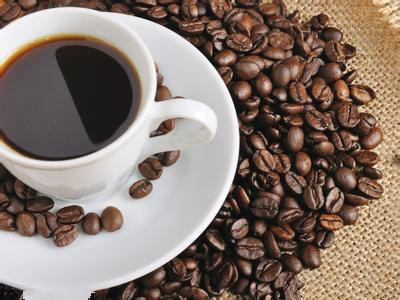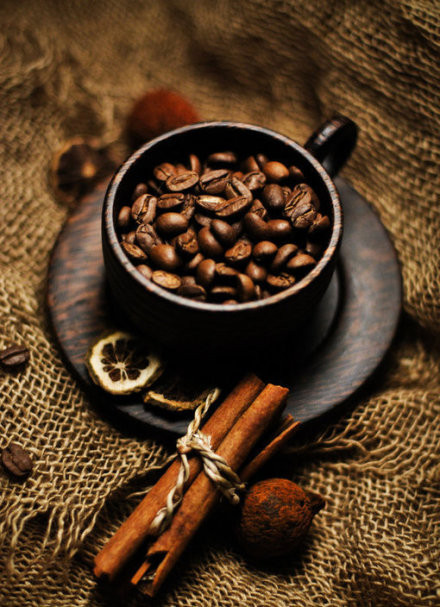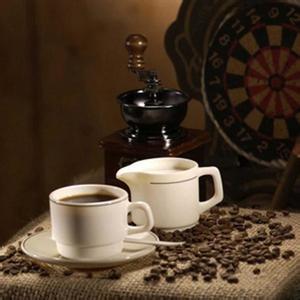Coffee roasting is a time-temperature interdependent process.
Roasting is the last and most important step in the processing of coffee beans after being picked. Raw coffee beans cannot be directly used as drinking coffee. All coffee beans must be roasted before grinding and brewing.

Unroasted coffee is often called "raw coffee". Compared with roasted coffee, raw coffee has a shelf life of up to one year. Raw coffee beans are small, dense and so hard that people who are not in the coffee industry may not recognize born coffee beans. Raw coffee has a grass-like taste, which is almost out of touch with the coffee beans we usually imagine in terms of appearance and flavor. It is the roasting process that produces the unique flavor and wonderful aroma of coffee.
Generally speaking, coffee roasting is a "time-temperature" interdependent process, in which physical changes and chemical reactions occur in raw coffee. In the initial stage of baking, the raw beans gradually turn yellow and the water is gradually discharged. When the temperature rises to a certain threshold, the coffee beans burst for the first time and the size of the coffee beans becomes larger. In the second stage of baking, with the rising temperature of beans, a series of complex chemical transformations begin to appear, and the size of coffee beans continues to increase and the color becomes darker. As the temperature continues to rise, aromatic oils form on the bean surface, resulting in a second burst. Many of the ingredients extracted from brewing coffee do not exist in raw coffee at all, but are produced during coffee roasting.
Finally, it is decided when to end the baking: the coffee beans go from the baking bin to the cooling chamber to cool, allowing the coffee beans to stop the chemical reaction.
Important Notice :
前街咖啡 FrontStreet Coffee has moved to new addredd:
FrontStreet Coffee Address: 315,Donghua East Road,GuangZhou
Tel:020 38364473
- Prev

Roasting skills of Coffee beans
When is dehydration? How many degrees does it take to climb? Smoke exhaust problem? What is the taxiing action? These professional knowledge about coffee roasting must be the skills that many coffee roasters want to know, so here is a little experience for coffee lovers: however, it is only a simple introduction. For details, please refer to coffee roasting and other related books or interested coffee lovers.
- Next

Introduction to coffee bean roasting how to control the roasting degree of coffee
First, control the baking degree with time and constant attempts in exchange for success. (for example, I-ROAST) is to try baking several times by adjusting the time on the machine, or by controlling the baking degree recommended by the manufacturer. Then adjust the baking degree according to the decreasing time. If you think the baking is too sour and too bright, extend it a little longer next time, on the contrary.
Related
- What is the meaning of lactic acid fermentation with coffee bean treatment?
- How to judge the state of foam by sound?
- How does the latte pull out the unicorn pattern? Come to get for a little trick to improve the flower pull!
- Will flower pulling affect the taste of the latte?
- Do you know the history of coffee?
- The difference between honey treatment and sun washing what is raisin honey treatment?
- What kind of milk can a novice use to make coffee foam to keep the foam longer? The correct method and skills of milking tutorial sharing
- Why do washed coffee beans taste sour? Flavor characteristics of washed Coffee
- Introduction to the skill of how to practice the size and height of water injection around the circle of hand-brewed coffee
- How do beginners practice coffee flower drawing from scratch?

